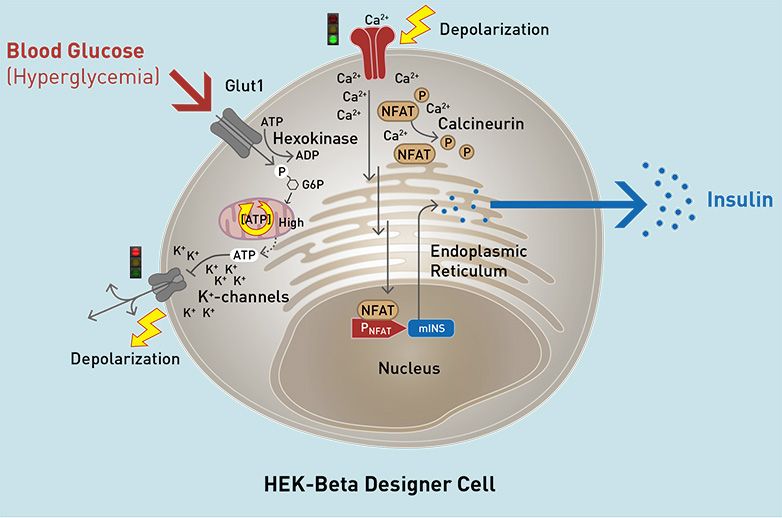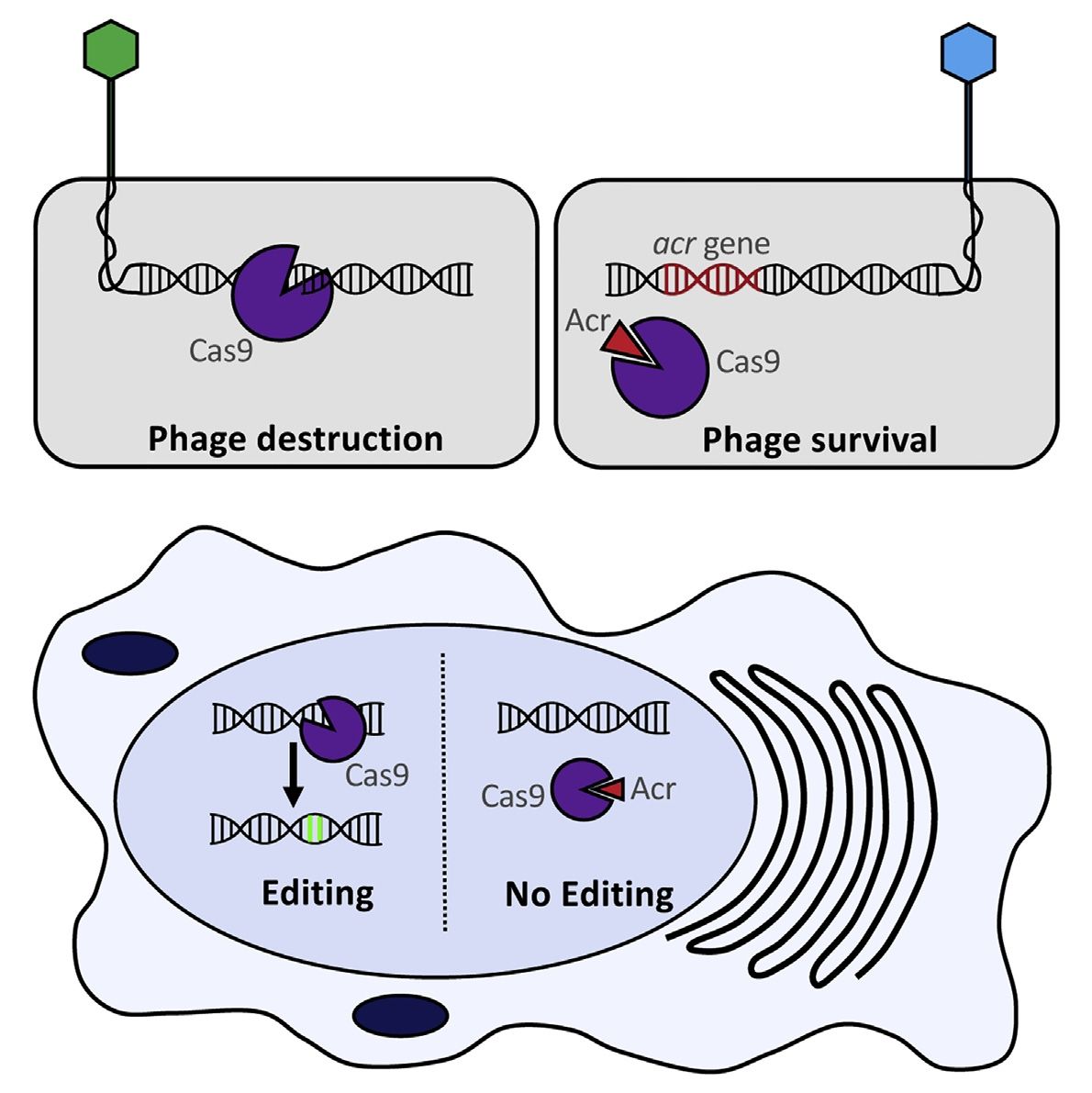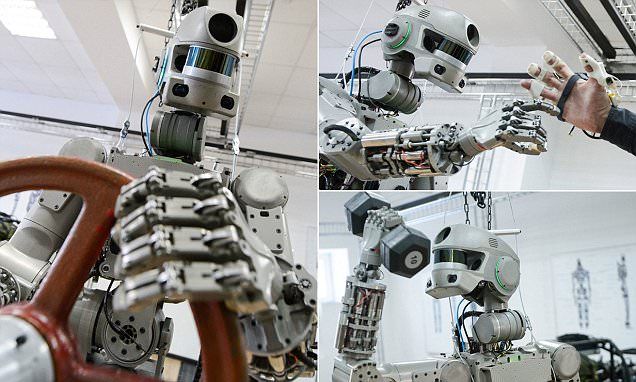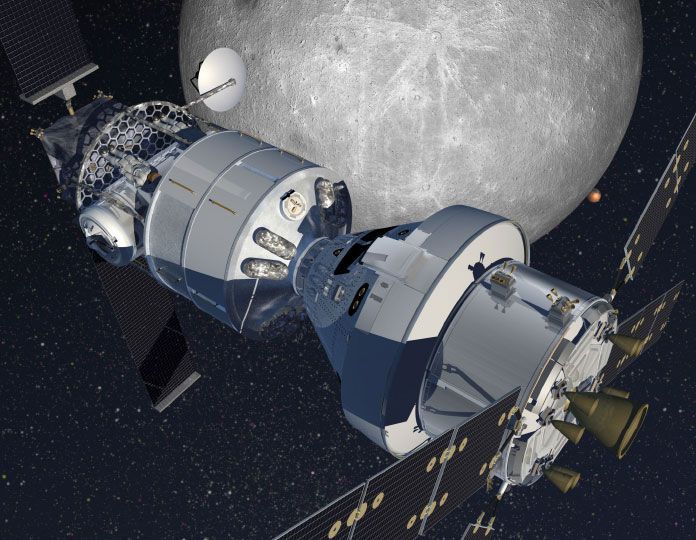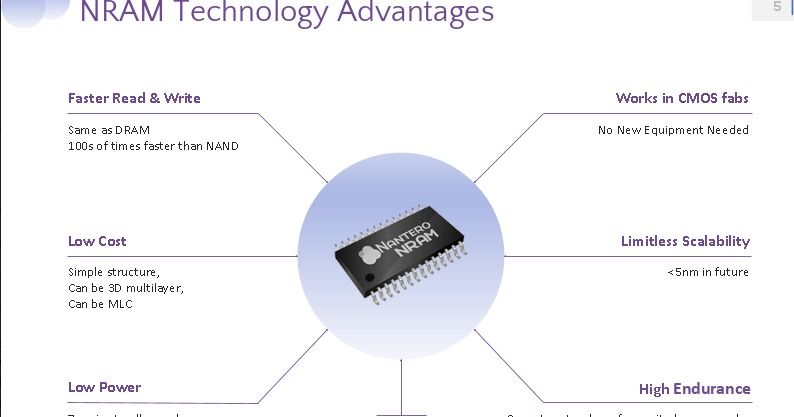
Nantero Inc., the nanotechnology company developing next-generation memory using carbon nanotubes, today announced the closing of an over $21 million financing round. The lead investor in the round was Globespan Capital Partners and also included participation from both new and existing strategic and financial investors. Nantero currently has more than a dozen partners and customers in the consumer electronics, enterprise systems, and semiconductor industries actively working on NRAM®. The new funding will enable the company to support these partners in bringing multiple products into the market, while also enabling new customers to begin development. This financing round brings the total invested in Nantero to date to over $110 million.
“This round enables Nantero to accelerate its pace in product development, especially of its multi-gigabyte DDR4-compatible memory product,” said David Poltack, Managing Director, Globespan Capital Partners. “Nantero has multiple industry-leading customers who would like to receive NRAM even sooner. The fact that several of these customers, as well as key partners in the ecosystem, have decided to also invest in Nantero is a strong sign of confidence given how well they know Nantero and its product from years of working together.”
“The customer traction we’ve achieved at Nantero has been overwhelming, as evidenced by our recent announcement that NRAM had been selected by both Fujitsu Semiconductor and Mie Fujitsu Semiconductor,” said Greg Schmergel, Co-Founder & CEO of Nantero. “With this additional funding, we will be able to help these existing customers speed their time to market while also supporting the many other companies that have approached us about using Nantero NRAM in their next generation products.”
Continue reading “Nanotero raises another $21 million to commercialize nanotube memory” »
